Spacecom plots maritime expansion after netting first customer
Monday, 16 May 2022 19:16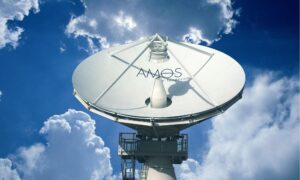
Israeli satellite operator Spacecom is adjusting its business to serve maritime customers as the market shows signs of recovering from the pandemic.
The post Spacecom plots maritime expansion after netting first customer appeared first on SpaceNews.
India hit by more suspected space debris
Monday, 16 May 2022 16:37
Indian authorities are examining several pieces of suspected space debris that fell into rural western India on May 12, with the timing of the incident suggesting they could be parts of a Chinese rocket that reentered the atmosphere that day.
A CubeSat is flying to the moon to make sure Lunar Gateway's orbit is stable
Monday, 16 May 2022 15:21
Before this decade is over, NASA will send astronauts to the moon for the first time since the Apollo Era. As part of the Artemis Program, NASA also plans to establish the infrastructure that will allow for a "sustained program of lunar exploration." A key part of this is the Lunar Gateway, an orbiting space station that will facilitate regular trips to and from the lunar surface. In addition to being a docking point for ships going to and from Earth, the station will also allow for long-duration missions to Mars.
The Gateway will have what is known in orbital mechanics as a "near rectilinear halo orbit" (NRHO), meaning it will orbit the moon from pole to pole. To test the long-term stability of this orbit, NASA will be sending the Cislunar Autonomous Positioning System Technology Operations and Navigation Experiment (CAPSTONE) to the moon by the end of May.
Lunar eclipse thrills stargazers in the Americas
Monday, 16 May 2022 15:17
A total lunar eclipse provided a spectacular celestial show as it unfolded Sunday night into early Monday in the Americas.
The eastern half of North America and all of Central and South America were prime locations to see the eclipse, while partial stages were visible across Africa, Europe and the Middle East.
Among those watching the eclipse where skies were clear were residents of Buenos Aires, Argentina, who bundled up in the chilly night and relaxed on blankets in a park to look at the event. In Caracas, Venezuela, some people brought laser pointers as a crowd gathered to watch.
U.S. Space Force sees future demand for surveillance beyond Earth orbit
Monday, 16 May 2022 14:42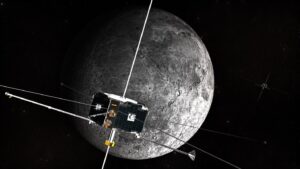
Space Force Lt. Gen. Whiting said the U.S. military will likely have to pay more attention to what’s happening in cislunar space
The post U.S. Space Force sees future demand for surveillance beyond Earth orbit appeared first on SpaceNews.
Humans have big plans for mining in space, but there are many things holding us back
Monday, 16 May 2022 12:46
Like Earth, planetary bodies such as the moon, Mars, asteroids and comets contain substantial deposits of valuable resources. This has caught the attention of both researchers and industry, with hopes of one day mining them to support a space economy.
But setting up any kind of off-Earth mining industry will be no small feat. Let's look at what we're up against.
In-situ resource utilization
When you think of off-Earth mining, you might imagine extracting materials from various bodies in space and bringing them back to Earth. But this is unlikely to be the first commercially viable example.
If we wanted to establish a permanent human presence on the moon, as NASA has proposed, we would need to resupply astronauts living there. Resources such as water can only be recycled to an extent.
At the same time, resources are extremely expensive to launch from Earth. As of 2018, it cost about A$3,645 to launch one kilogram of material into low Earth orbit, and more to launch it higher, or onto the moon.
Peek-a-boo Moon
Monday, 16 May 2022 11:57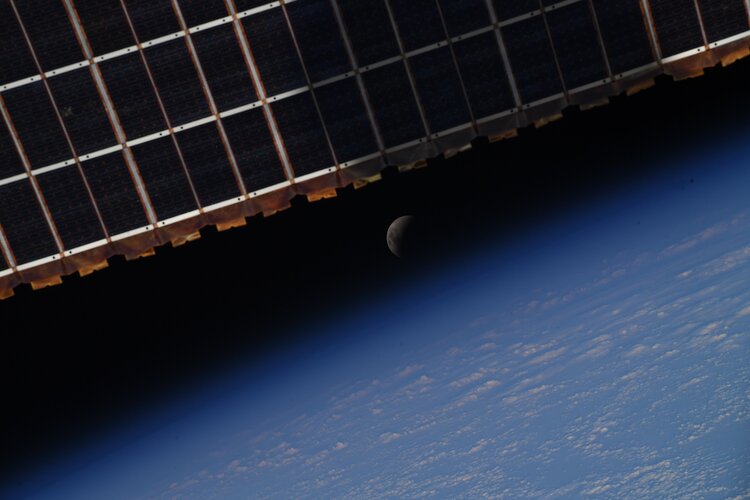 Image:
Lunar eclipse captured by Samantha Cristoforetti aboard the International Space Station
Image:
Lunar eclipse captured by Samantha Cristoforetti aboard the International Space Station Chinese satellite propulsion startup secures funding as country’s constellation projects grow
Monday, 16 May 2022 11:41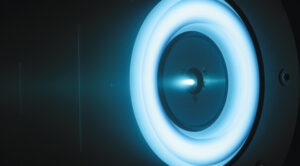
A Chinese satellite electric propulsion company has secured multi-million yuan angel round financing amid a proliferation of Chinese constellation plans.
The post Chinese satellite propulsion startup secures funding as country’s constellation projects grow appeared first on SpaceNews.
Research Fellows in space science 2022
Monday, 16 May 2022 09:59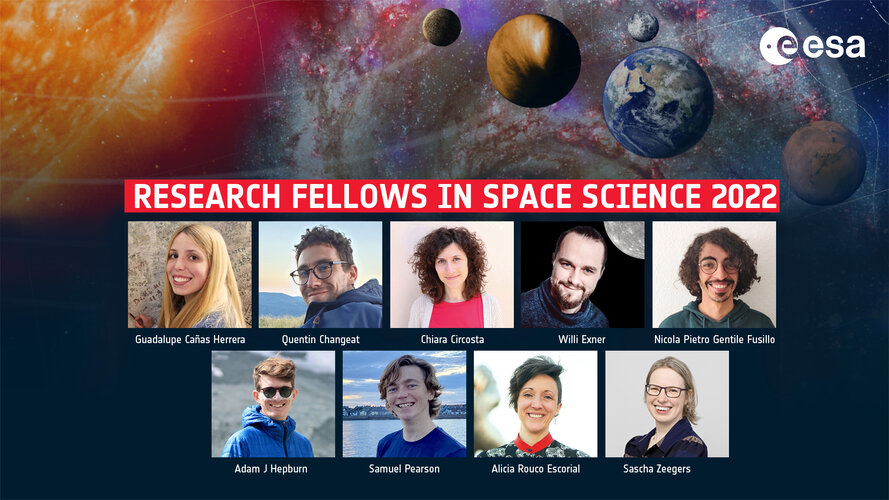 Image:
Image:
ESA has selected 9 new Fellows to pursue their own independent research in 2022. The Research Fellowships in Space Science represent one of the highlights of the ESA Science programme. Early career postdoctoral scientists are offered the unique opportunity to carry out advanced research related to the space science areas covered by ESA Science missions at one of three ESA establishments (ESAC, ESTEC or STScI) for a period of up to three years.
The 2022 Research Fellows in Space Science are Guadalupe Cañas Herrera, Quentin Changeat, Chiara Circosta, Willi Exner, Nicola Pietro Gentile Fusillo, Adam Hepburn, Samuel Pearson, Alicia Rouco
Launcher announces customers for first Orbiter space tug mission
Monday, 16 May 2022 09:55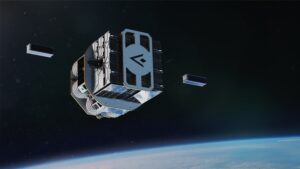
Launch vehicle and in-space transportation services company Launcher has filled the manifest for the first flight of its space tug later this year with a mix of commercial and academic payloads.
The post Launcher announces customers for first Orbiter space tug mission appeared first on SpaceNews.
Find your way to the future at ESA’s NAVISP Industry Days
Monday, 16 May 2022 08:46
After a pandemic-induced gap of more than two years, Europe’s leading companies working on positioning, navigation and timing technologies will meet face-to-face at ESA’s technical heart in the Netherlands for the NAVISP Industry Days, devoted to the latest developments in the Agency’s Navigation Innovation and Support Programme.
ESA spurs investment in space entrepreneurs
Monday, 16 May 2022 08:23
Dozens of people who have set up start-up companies and fledgling businesses are pitching their ideas to investors today, as part of an ESA Investor Forum held in Berlin.
International Satellite to Track Impacts of Small Ocean Currents
Monday, 16 May 2022 02:05 Though climate change is driving sea level rise over time, researchers also believe that differences in surface height from place to place in the ocean can affect Earth's climate. These highs and lows are associated with currents and eddies, swirling rivers in the ocean, that influence how it absorbs atmospheric heat and carbon.
Enter the Surface Water and Ocean Topography (SWOT) mission,
Though climate change is driving sea level rise over time, researchers also believe that differences in surface height from place to place in the ocean can affect Earth's climate. These highs and lows are associated with currents and eddies, swirling rivers in the ocean, that influence how it absorbs atmospheric heat and carbon.
Enter the Surface Water and Ocean Topography (SWOT) mission, Earth from Orbit: NOAA Debuts First Imagery from GOES-18
Monday, 16 May 2022 02:05 On May 11, 2022, NOAA shared the first images of the Western Hemisphere from its GOES-18 satellite. The satellite's Advanced Baseline Imager (ABI) instrument recently captured stunning views of Earth.
GOES-18, NOAA's newest geostationary satellite, launched on March 1. The ABI views Earth with sixteen different channels, each measuring energy at different wavelengths along the electromagne
On May 11, 2022, NOAA shared the first images of the Western Hemisphere from its GOES-18 satellite. The satellite's Advanced Baseline Imager (ABI) instrument recently captured stunning views of Earth.
GOES-18, NOAA's newest geostationary satellite, launched on March 1. The ABI views Earth with sixteen different channels, each measuring energy at different wavelengths along the electromagne Researchers reveal the origin story for carbon-12, a building block for life
Monday, 16 May 2022 02:05 With the help of the world's most powerful supercomputer and new artificial intelligence techniques, an international team of researchers has theorized how the extreme conditions in stars produce carbon-12, which they describe as "a critical gateway to the birth of life."
The researchers' fundamental question: "How does the cosmos produce carbon-12?" said James Vary, a professor of physics
With the help of the world's most powerful supercomputer and new artificial intelligence techniques, an international team of researchers has theorized how the extreme conditions in stars produce carbon-12, which they describe as "a critical gateway to the birth of life."
The researchers' fundamental question: "How does the cosmos produce carbon-12?" said James Vary, a professor of physics 
